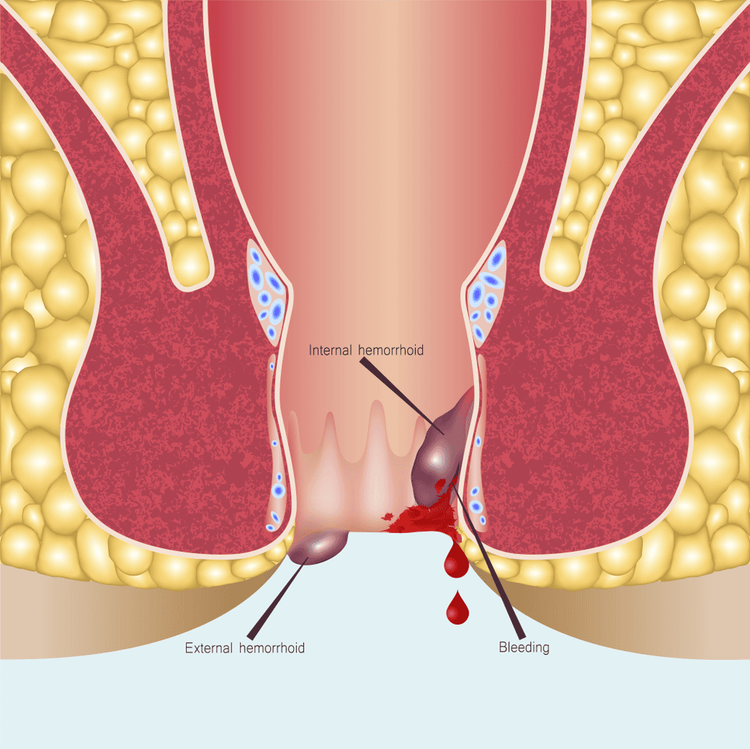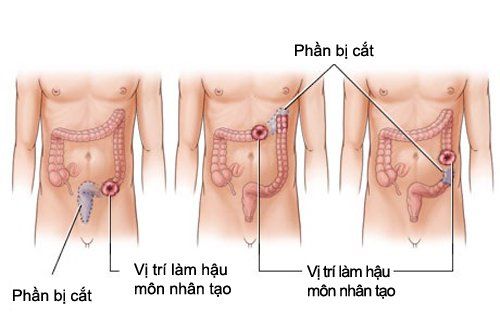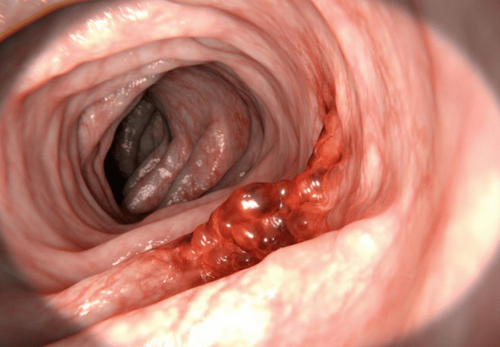This is an automatically translated article.
The article was professionally consulted with resident Doctor Le Thanh Tuan - Gastroenterologist - General Surgery Department - Vinmec Nha Trang International General Hospital.Anorectal wounds are lesions in the anus, rectum, or both anus and rectum. Management of anorectal wounds should be done early and properly to limit the possibility of sequelae as well as reduce the risk of death.
1. What is an anorectal wound?
An anorectal wound is a condition in which the anus, rectum or both anus and rectum is damaged such as puncture, tear, or crush.In addition, damage can also involve nearby organs such as genitals, urinary tract, ... Depending on the cause of the injury, the wound will have different morphology.
There are many causes of injury in the anorectal area such as:
Accidents: Common traffic accidents, work accidents, war accidents, daily life accidents, anal wounds rectum by a sharp object (stone, bullet, piece of wood, metal, ...) Medical manipulation: Proctoscopy, colonoscopy or obstetric complications cause perforation of the anorectal area.
2. Signs of anorectal wound

Pain, bleeding, shock with many different degrees. Visceral perforation, pelvic fracture if the wound is caused by impact from the abdomen or multiple trauma. Complicated anorectal lesions (such as laceration, laceration, margin of anal canal, or perforation, rectal tear, ...) as well as adjacent organs (urinary, genitourinary, abdominal cavity) , colon, small intestine, blood vessels, ...) if the anorectal wound enters from the lower tract. The abdominal wall in the hypogastrium is reactive. Proctitis, swelling, swelling, if the patient is left for a long time, do not give first aid soon.
3. Diagnosis of anorectal wound
Diagnosis of anorectal wound includes the following examinations and tests:Observe the wound to assess the lesion location, depth, and length. Manually check for foreign bodies in the wound. Initial assessment of anorectal lesions as well as adjacent organs. Routine blood tests. Ultrasound: Check for fluid, blood, and gas in the abdomen (if any). Abdominal - pelvic X-ray: Assessment of injury to the abdomen - pelvis. CT scan: Diagnosis of pelvic and abdominal injuries.
4. Treatment of anorectal wounds

The wound is large, the patient needs long-term treatment. Make an upper colostomy by laparotomy to treat an intra-abdominal rectal wound or resection of the rectum if the lesion is crushed). 4.2 Management of systemic anorectal wounds Resuscitation shock (including analgesia, ensuring ventilation and volume of circulation) for patients with anorectal wounds due to multiple trauma, hospitalization in a state of shock with manifestations of hypotension, congestive heart failure. Antibiotic treatment and surgical management (cleaning, postoperative care) to prevent infection, including infection at the wound site, surgical site, intestinal infection (caused by bacteria E. Coli, Enterococci, Bacteroids, other anaerobic bacteria), urinary tract infections, pneumonia, ... 4.3 Management of anorectal wounds with associated lesions Management of anorectal wounds including those accompanying injury (if any). Depending on the patient's condition, the injuries should be treated promptly and appropriately. The accompanying lesions may be:
Stop bleeding in cases of heavy bleeding. Treatment of traumatic brain injury. Treatment of trauma to the abdominal viscera. Treatment of blood vessel damage. Treatment of lesions in bones, urinary system, genitals. If the anorectal wound is accompanied by important damage, affecting the patient's life, it should be treated early and promptly. With lesions in neighboring organs, depending on the severity, treatment will be appropriate and different.
Anal wound is a common injury in the emergency that needs to be treated promptly and properly to avoid sequelae.
Please dial HOTLINE for more information or register for an appointment HERE. Download MyVinmec app to make appointments faster and to manage your bookings easily.














